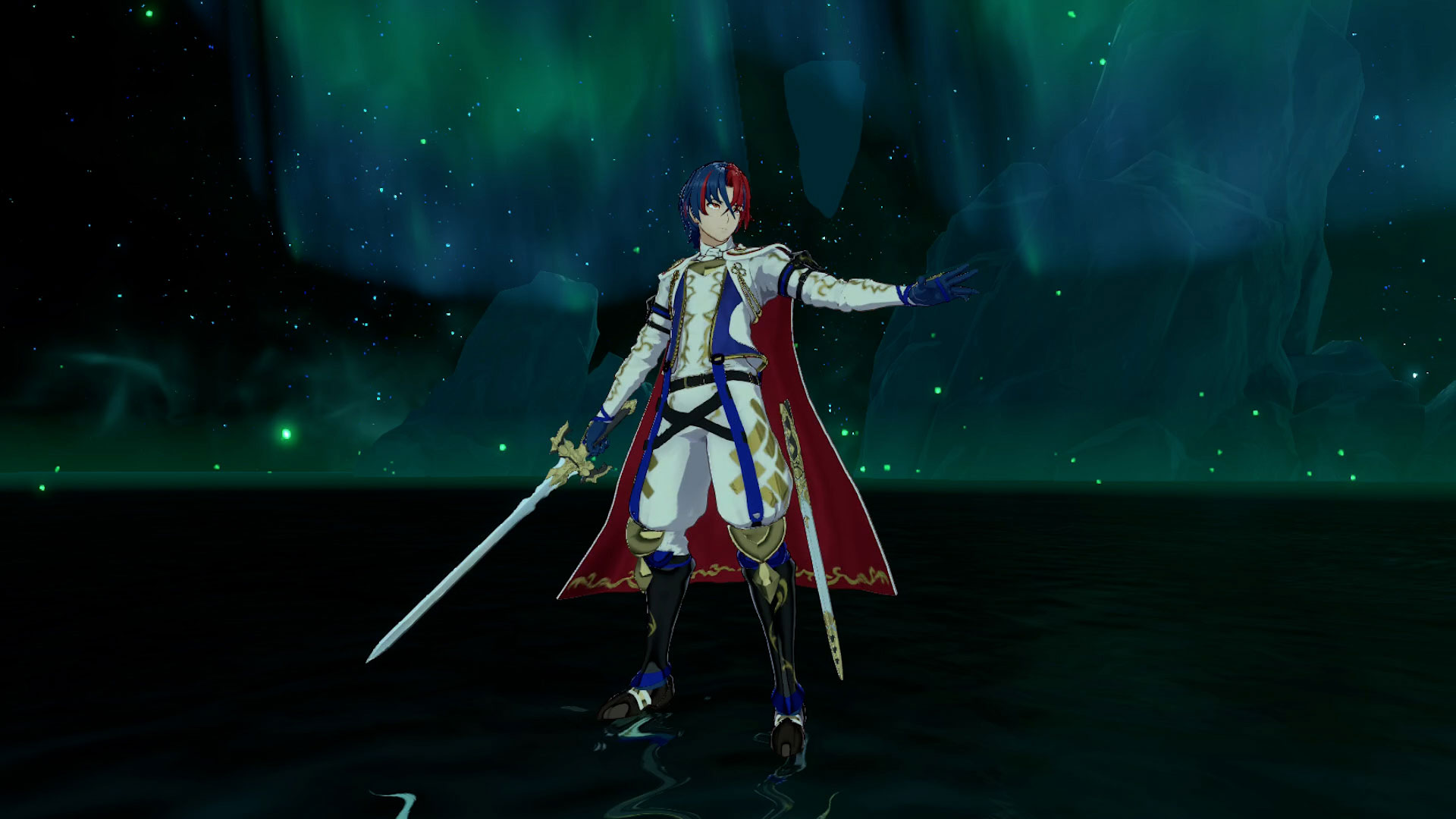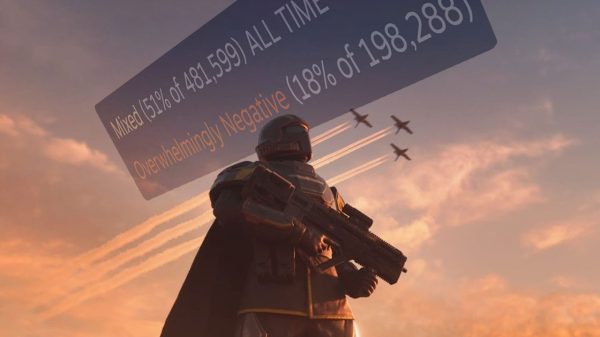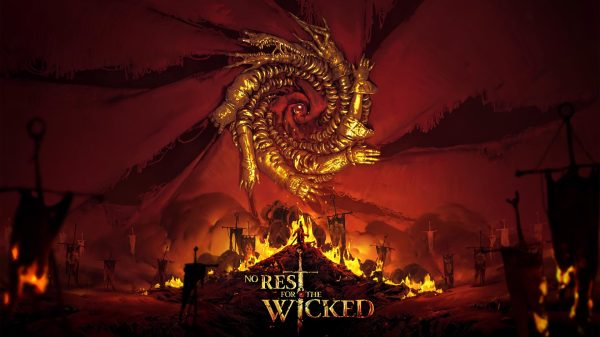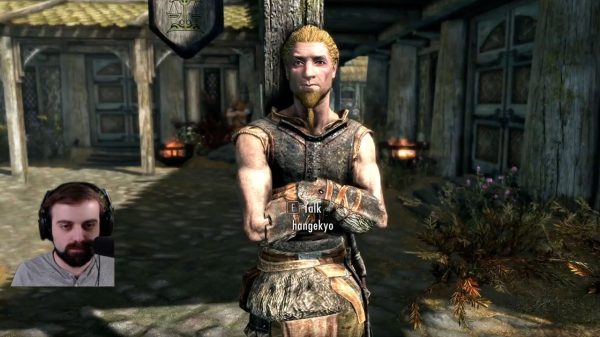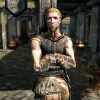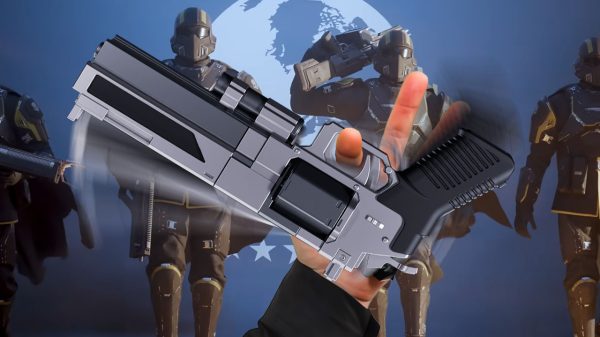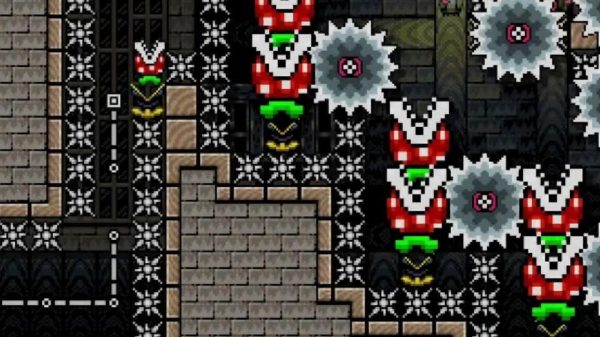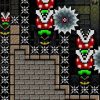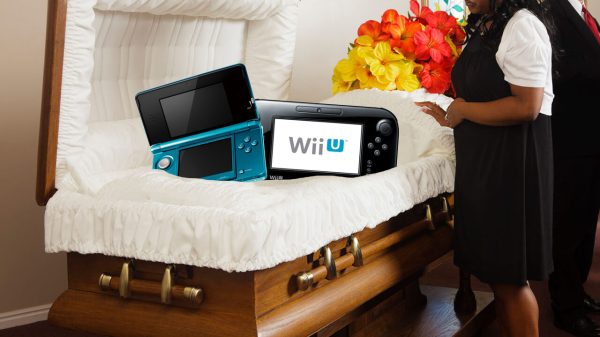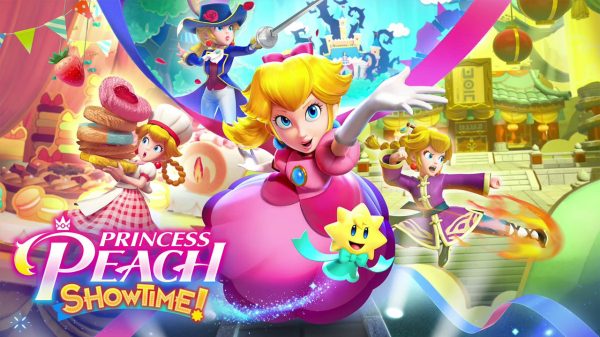Fire Emblem Engage is the next entry in the long-running, sprawling, beloved turn-based tactics series that has served as inspiration for around 70% of the Smash Bros. roster. Thanks to Nintendo I got the chance to play the game early as part of the review process. I’ve put more than 20 hours into it at this point and I’m allowed to talk about the first 10 of those hours here.
First up, I think I ought to present my Fire Emblem credentials, which is to say that I don’t have many. I have dabbled in previous games for a few hours at best. The most I’ve ever put into a Fire Emblem game was Three Houses, where I went about 25 hours before having to put it down. That was a reluctant decision owing to the nature of my work schedule. I was actually loving Three Houses, as its ‘school life’ simulator was a fantastic hook that grounded the social sim side of the game, and allowed for deep character relationships and dovetailed neatly into the combat side of things, upping the narrative stakes as I led my students to war.
Fire Emblem Engage is a very different beast. Where the social and combat aspects of Three Houses felt like equal parts of the overall experience, Engage is far more focused on the combat part of the equation. Life back at The Somniel (your base of operations) is less about character relationships or an immersive daily rhythm, and more about preparation for the next battle.
Between each chapter you’ll run around the plaza, buying and upgrading weapons. You’ll pick up various resources which have replenished such as nuts, oranges and wheat (all of which are used for cooking). You’ll do some push-ups to give you a temporary stat buff. You’ll pit your heroes against each other in sparing battles to give them permanent stat buffs and you’ll pet your cute doggo who follows you around wherever you go.
In truth – a lot of this busy work is pretty dull. I am unsure why so many glittering objects lay strewn about the floor of the Somniel, but with all these heroes on my roster I wish I could assign one of them to pick them up for me since having to clean the joint up every time I visit gets tiresome. Similarly, the push up mini-game is fun the first time you do it, but by the fifteenth time you do wish there were some more interesting ways to gain these useful stat buffs.
With how invested I became in the story and characters in Three Houses, I was extremely keen for Engage since I had assumed that would be the standard going forward. That’s certainly not the case. So far, Engage is a rather generic, tropey tale about an amnesiac Chosen One who has to collect 12 magic rings to ward off a recently reawakened evil. You’ll travel between a handful of kingdoms, none of them particularly fleshed-out, collecting compatriots as you do so. It’s kind of like Pokémon only instead of collecting pocket monsters, you’re collecting hot anime princes.
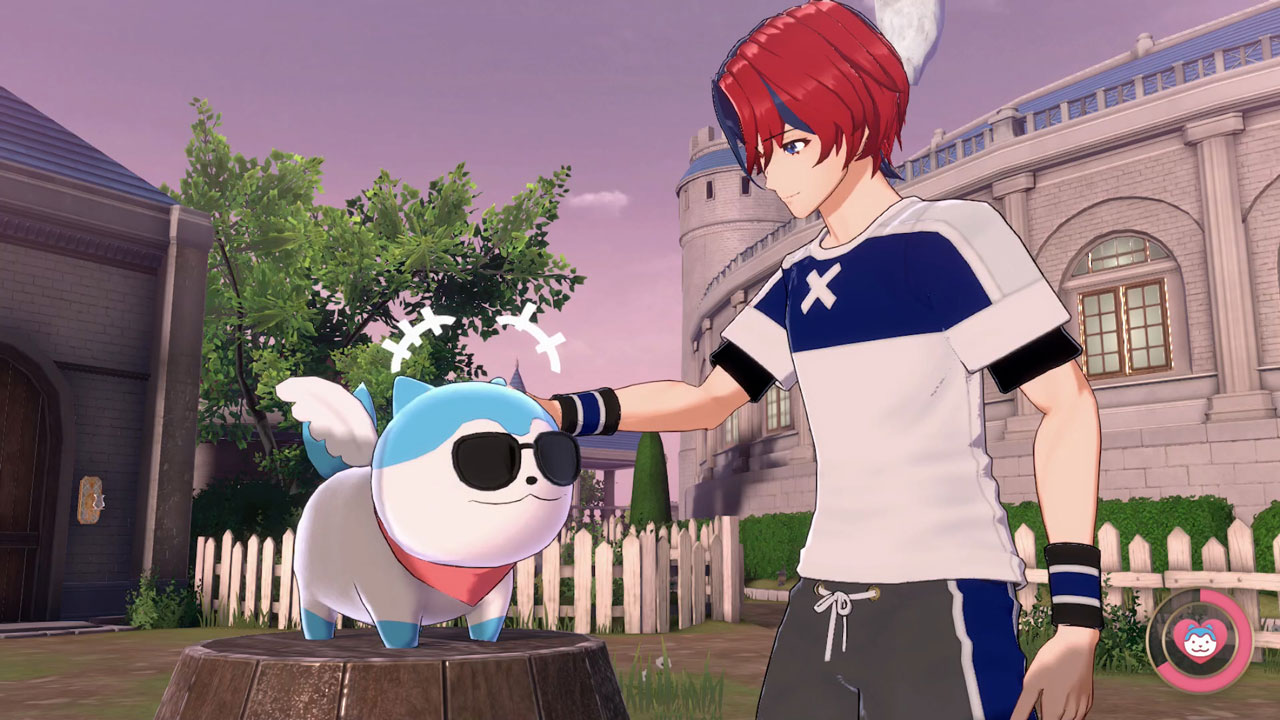
On a more positive note, the visual design of each of the characters you meet is absurdly good. Engage is a massive visual uplift over the already great looking Three Houses, with a vibrant colour palette, rich character detail and beautiful animations during both cutscenes and battles. Each new character I met and recruited is another glistening trophy in my cabinet, and I love to watch them sparkle on the battlefield – but unfortunately they do little more than that. I was very invested in a number of the characters I met in Three Houses, as the game spent considerable time building these characters out and deepening my relationship with them (and with each other), but there’s simply no time for that here in Engage. In these first eight chapters I have been positively inundated with characters, all of them introduced at such pace that I’ve not been able to properly speak to any of them. Levelling up my relationship with my compatriots through either combat or gifting yields pithy exchanges that are usually based on a character’s gimmick or conceit (muscles, self-doubt, royal lineage) rather than anything deeper.
The core new offering of Fire Emblem Engage is the new Engage mechanic, which is a system that is intended to inject depth and breadth across every aspect of the game. Using the aforementioned magic rings, your characters are able to fight alongside Emblems, heroes of past Fire Emblem games such as Roy, Sigurd and Marth amongst others. These companions not only buff the base stats of those they fight beside, they also grant new abilities, weapons and passives. They are also the foundation for an entire gacha-style mini-game that sees you crafting new rings to provide bonus stats to your characters, and by building bonds with these Emblems you can unlock new classes for your characters. This part of the game is brilliant, and you can see how someone might lose hundreds of hours on subsequent playthroughs mixing different heroes with different Emblems with different class choices to create their own truly unique warband.
Sadly, to this point the Emblems do not seem to be providing much support to the narrative or character relationships. Despite these legendary heroes being pulled from previous Fire Emblem games, many of them don’t have much to say about their previous lives or experiences. They are, essentially, avatars. As someone less familiar with the Fire Emblem series, I would have loved for these classic heroes to pull me into the rich history of the Fire Emblem universe. So far, that hasn’t happened.
Engage is a massive visual uplift over the already great looking Three Houses, with a vibrant colour palette, rich character detail and beautiful animations during both cutscenes and battles
In the absence of a compelling storyline or meaningful character relationships, it falls to the combat to carry the experience and so far, it’s doing so. At the same time, I am finding this particular take on turn-based tactics to be rather one-note, lacking the diversity of scenario and modifiers that might push me into more inventive and adaptive patterns of play.
The tile-based map that is the foundation of most tactics games is here, and some effort is put toward making these maps feel distinct. Some of them have unique geographic or architectural layouts that can force choke-point encounters, or that might allow flying units to shine as they move about unfettered. One mission had a night mechanic, where a fog of war limited visibility of more distant units until I lit torches or cast an illuminating spell. These standout examples are rare, though. On the whole, maps have so far been fairly open-plan spaces allowing me to move where I please without deepening strategic challenges or options, and mission scenarios such as ‘catch the thief before they escape’ have not necessitated a change in group composition, loadout or strategy.
By and large, I’ve been able to settle into a familiar combat rhythm that works in almost all occasions. I have some cavalry who can move great distances while being powerful offensively. I have some heavily armoured units who I like to plant in the middle of the action so they can soak up damage, and I have a number of damage dealers and support units who strike when the opportunity presents itself.
You might say, “Well, yeah – that’s what those units are meant to be doing. What’s the problem?’ The problem is that I can use all of these units in almost the exact same way, every time. I am very reliant on the raw strength of my frontline troops to tank or avoid damage with little risk, and there’s almost never a threat posed to my backline troops forcing me to play them any differently.
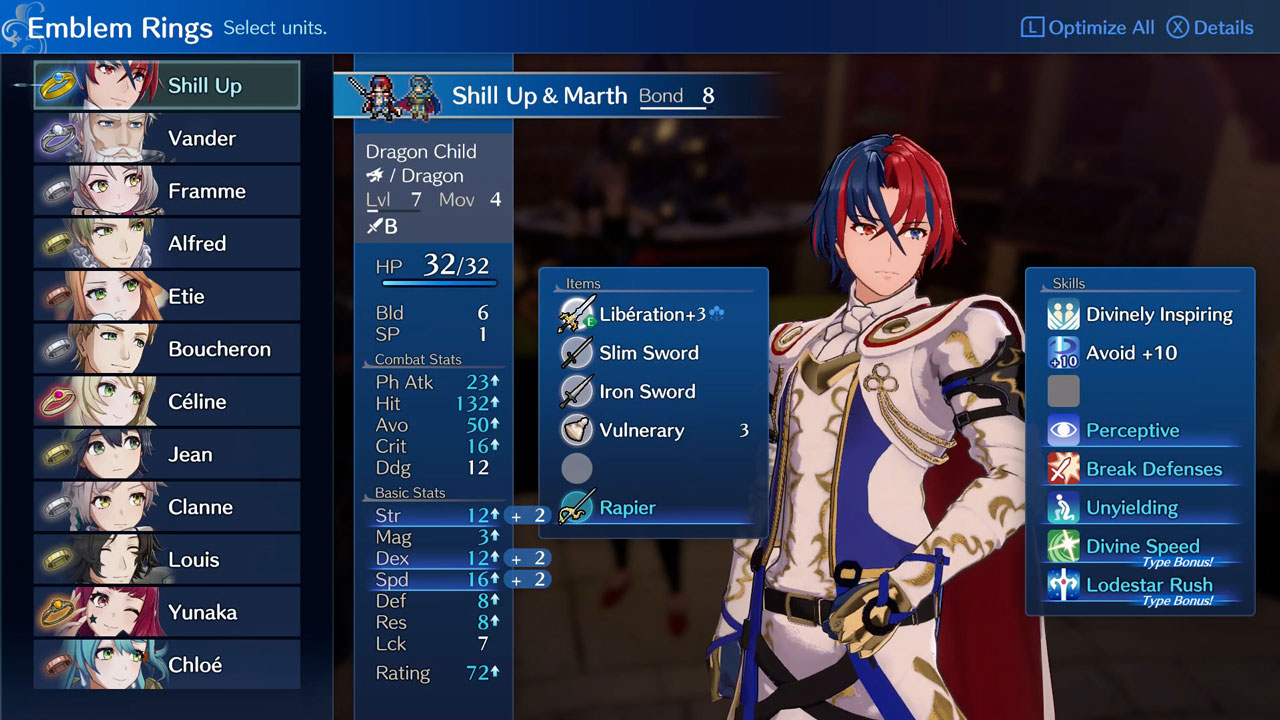
I’m reminded of my recent playthrough of Marvel’s Midnight Suns, a game that has clearly drawn a lot of inspiration from the Fire Emblem series (both in terms of combat and its social-sim driven progression). In Midnight Suns, I was constantly forced to rely on my entire roster of heroes rather than just a core handful. Each map was full of environmental elements that forced me to manoeuvre differently. The mission objectives further necessitated a more adaptive style of play; you simply couldn’t settle into any sort of rhythm because the game wouldn’t let you.
Hell, even my time with turn-based card game Marvel Snap has forced me to think far more strategically and creatively than Fire Emblem Engage has to this point.
None of this is to say that Engage’s combat isn’t enjoyable because it absolutely is. There is something deeply satisfying about sending a fully armoured, high level, Emblem-supported unit into a cluster of goons knowing that they’re all about to have a very bad day. Similarly, it will never not be fun to sneak an archer up behind your front line and take a potshot at an enemy flying unit, knocking them out of the sky in a way that feels almost unfair. These thrills have delivered every time and will no doubt continue to do so as I progress through the remainder of the campaign, but with so many maps, so much depth to its customisation and so many characters, I’m surprised how much Engage is just letting me roll out the same strategy over and over again.
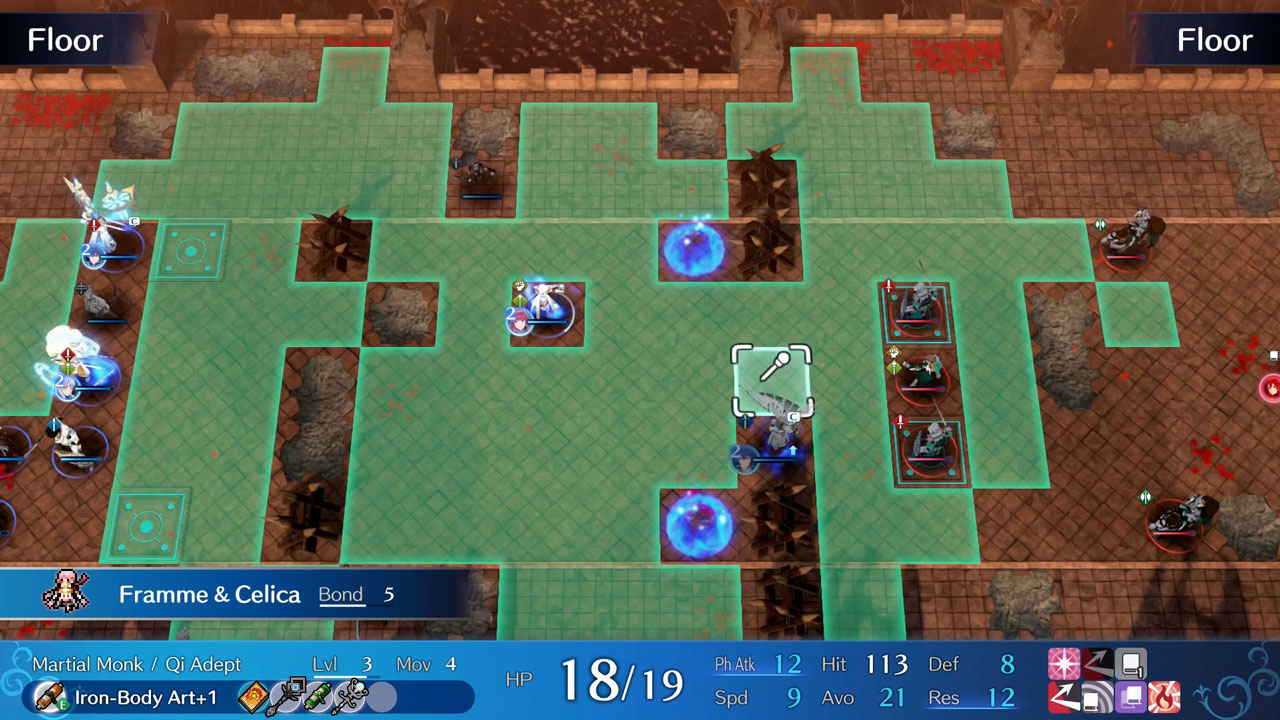
It’s clear to me that I am enjoying Fire Emblem Engage, and I am looking forward to spending more time with it, but I’m enjoying it less than Three Houses. Many will rightly point out that this isn’t trying to be Three Houses, and that’s true. There is a lot less focus on story, on social sim and on character relationships this time around. Engage is very much focused on the battlefield, and I’m aware that many Fire Emblem fans are relieved to hear that since some of them found Three Houses to be a little indulgent and unwieldy in that regard.
For me though, Three Houses made me care deeply about each and every battle because I cared about the fate of my students and the house I was representing. Story, characters, social sim and combat were all sympatico with one another. That balance doesn’t exist here, and since I’m less taken with the Fire Emblem approach to turn-based combat, I’m less invested in the overall experience. Still, there’s more than enough for me to enjoy here as I continue to slowly make my way through what is sure to be a lengthy campaign, and I remain hopeful that Engage has some twists and turns in store for me.
Previewed on Switch // Preview code supplied by publisher
Ralph 'Skill Up' Panebianco is an Australian-based videogames commentator who couldn't hack it in print, so he had to turn to the lowly, scummy, under-handed world of YouTube. There he scratches out a living dolling out lukewarm takes like 'does everyone agree Fallout 76 bad?', while trying to surreptitiously convince people that Destiny 2 is good (it isn't).




